As governments and corporations around the world look for ways to reduce their carbon footprint and reduce their environmental impact, business leaders are pushing their companies to take a serious look at how they can reduce their environmental impact.
The North American minerals industry continues to demonstrate sustainability within its mining operations through minimizing its impact to the environment. The industry is constantly looking to reduce its environmental impact. Each of the industrial minerals mining operations and processing sites have unique considerations for environmental management due to the variety of production processes used, geographic location and jurisdiction. Many of the mining concerns have developed environmental management plans for their sites. Environmental initiatives for industrial mineral sites have been receiving more attention through continuous improvement programs, and their sites have been encouraged to develop strategies and engineering improvements that will improve their performance as it relates to greenhouse gas (GHG) emissions, and power and water consumption. Programs have also been used for environmental improvements at these sites, targeting waste management and making improvements in how these sites manage hazardous waste and complying with the Resource Conservation and Recovery Act requirements.
Knowing and complying with all applicable local environmental regulations is the starting point for controlling and reducing their impact. By assessing their environmental risks, they work constantly to reduce the adverse impact of their operations in a cycle of continuous improvement.
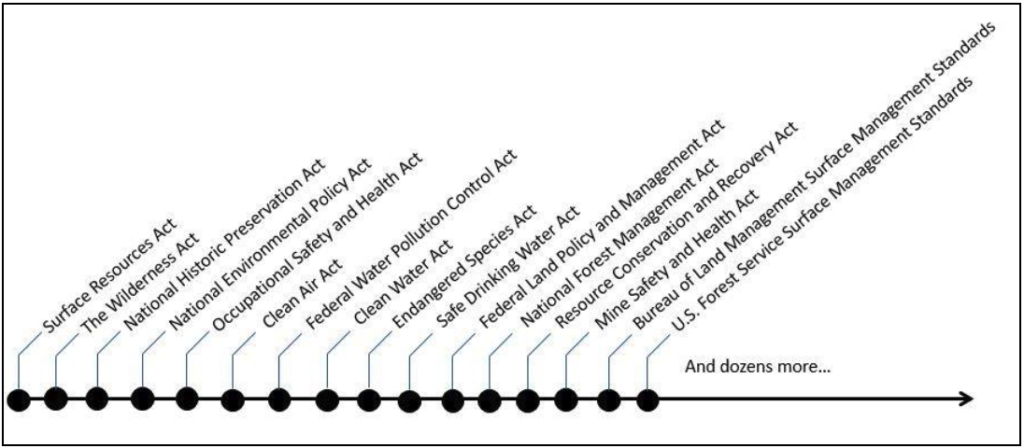
The companies within the industry have implemented Environmental Management Systems (EMS) at their sites to ensure they have robust processes to guarantee compliance with local regulations, and to identify, reduce and manage the significant environmental aspects and impacts associated with their activities. They typically conduct audits of their performance against their EMS targets.
There several ways the mining industry can further reduce environmental impact and make its practices more sustainable going forward. Towards this goal, the industrial minerals mining companies implement environmental data management systems to streamline efforts such as environmental permitting, data collection and reporting.
The growing demand for the world’s precious mineral and water resources is placing ever-increasing pressure on our natural systems. To help reduce this pressure, the industrial minerals sector has a crucial role to play in developing ways to make better use of these natural resources.
The industrial minerals industry is striving to use the world’s resources as efficiently and responsibly as possible by employing smarter production methods, optimizing the use of mineral deposits, reducing water consumption, and exploring ways to create a more sustainable and circular value chain.
Being able to provide their customers with high-performance end products in a responsible and sustainable way is crucial to our long-term success.
Since energy powers and fuels these mining operations, energy represents the greatest opportunity to reduce GHG emissions and combat climate change. The carbon footprint of the industrial minerals products is typically quite small relative to chemical producers for several reasons: the products are naturally occurring, and few chemical processes are needed for production at their facilities.
Large-scale improvement projects, such as the increasing use of continuous mining, deliver environmental and efficiency benefits. The continuous mining process reduces the use of diesel-powered equipment that have historically been used by replacing it with high-efficiency, electric-powered equipment. In some mineral mining operations, continuous mining can replace the drill-and-blast mining process, eliminating the explosive blasting used in this process. Both activities will improve air quality in underground mines. In addition, continuous mining can significantly decrease operating costs.
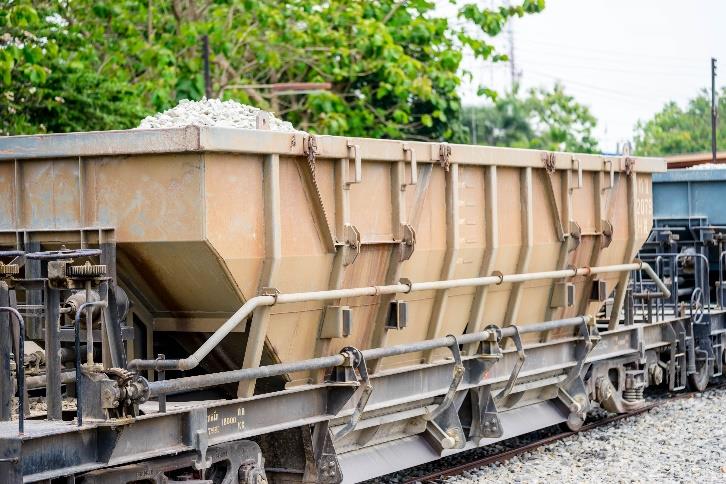
Getting mineral products to the end user contributes to the environmental impact of these products. The mining companies manage their environmental impacts of product transportation by identifying the most efficient and cost-effective form of product distribution. Because of the weight and market price of the various industrial minerals, it is generally not economical to transport more than few hundred miles unless shipped by rail or water. Each mining company has developed an extensive rail depot network to complement the waterway transportation system, which enables them to serve their customers efficiently. By using the optimal combination of rail and water transportation to deliver their product to key markets in North America, they reduce fuel usage and emissions—and minimize costs. They also partner with transportation providers who actively seek to reduce their own carbon footprint.
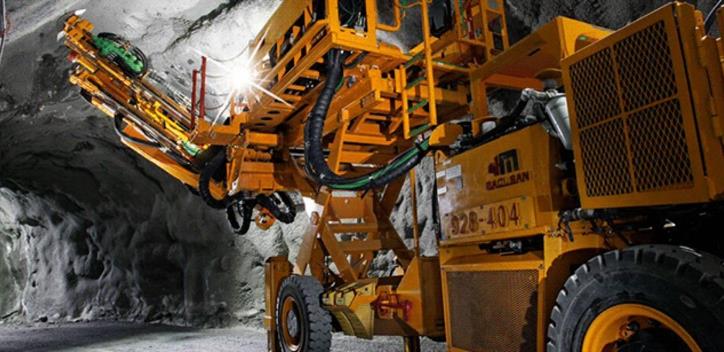
Mining companies are reducing their environmental impact by switching to more environmentally friendly equipment. The industrial minerals industry is continuing to strengthen its ecological credentials by investing in electric-powered vehicles for operation in both their surface and underground mining facilities. The electric vehicles have replaced the diesel-powered utility vehicles, which have been used to transport minerals around the mine for several years. The electric vehicles offer a reliable and efficient alternative to the standard diesel vehicles on the market. With recent improvements in battery technology, these vehicles have higher payload capacity than equivalent diesel-powered equipment and they have increased their range between charges.
Replacing diesel engines with electric engines where possible can significantly reduce the amount of diesel particulate emissions as well as carbon dioxide emissions produced by mining operations.
In general, the mining industry is already moving in the direction of electric equipment, with more and more mining manufacturers offering environmentally friendly alternatives. Some mining companies are making more significant commitments with plans to be entirely electric within the next few years. This push towards increasing use of electric mining equipment will result in substantial reduction in carbon emissions for mining companies.
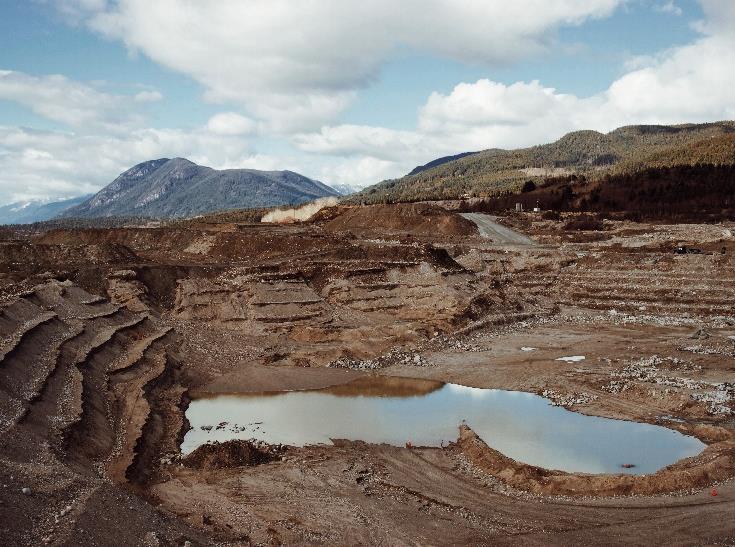
Water is a precious natural resource for all life, and it plays an important role in our production processes. The industrial minerals mining industry uses water from a variety of sources. Possibly the most significant impact of a mining project is its effects on water quality and availability of water resources within the project area. Key concerns for the minerals producers are whether surface and groundwater supplies will remain potable, and whether the quality of surface waters in the project area can support aquatic life and wildlife.
The industrial minerals mining management approach, which is part of the overall environmental management approach, focuses on minimizing the consumption of fresh water, ensuring the quality of water released back into the resource stream and addressing site-specific water issues.
For many mining projects, the potential of soil and sediment eroding into, and degrading surface water quality can become a serious problem. Because of the large area of land under use by mining operations and the large quantities of earth exposed at sites, erosion can be a concern at hard rock mining sites. Consequently, erosion control is considered from the beginning of operations through completion of reclamation. The reduction of erosion prevents the loading of sediments and any entrained chemical pollutants to nearby waterbodies. Additionally, if an open pit mine intersects the water table, groundwater can flow into the open pit. To prevent groundwater contamination, mining companies pump and discharge this water to another location.
Some mining operations are adjacent to protected areas and areas of high biodiversity value outside of protected areas. The industrial minerals industry is committed to protecting the ecosystems and wildlife in the areas where they operate.
The unprecedented decline in global biodiversity calls for urgent action. Vital work is being done to protect precious ecosystems, but the world needs to do more.
Reducing the biodiversity footprint and protecting and restoring nature is key to our social license to operate, our industry’s reputation, and the ability to access vital mineral resources over the long term. Ultimately, the goal is no net loss of biodiversity.
To coordinate the industry’s actions, the individual companies have put in place programs to assess and address their biodiversity impacts. Roadmaps outline clear objectives and solutions, considering the diverse nature of their individual operations, locations, and their individual ecologies. Research on biodiversity conservation methods and land rehabilitation pilot projects help to define their strategy.
The overall approach to environmental stewardship, including responsible water management, seeks to minimize and mitigate impacts on biodiversity. To understand potential impacts on local ecosystems and biodiversity, they engage and collaborate with multiple stakeholders and commission environmental impact assessments.
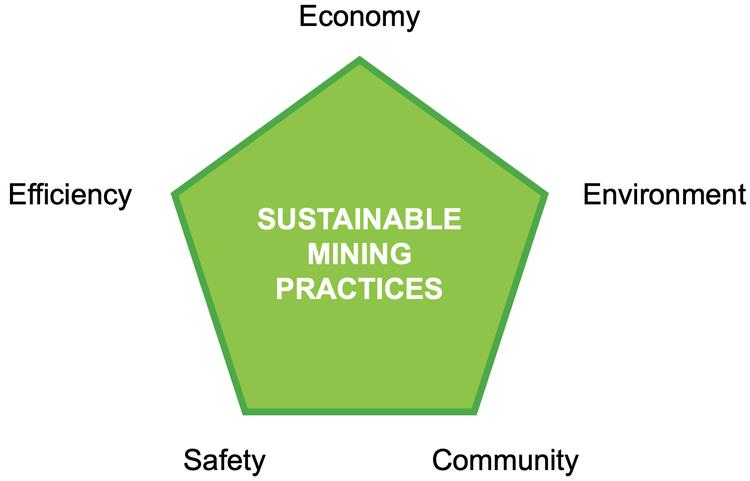
The minerals industry strives to minimize their environmental impact by establishing ways to mine and produce minerals that benefit their stakeholders: customers, communities, and the environment. They work to leverage all their assets to truly create value from the ground up.
Through collaboration with local stakeholders, including state and federal agencies, the mining companies develop their own unique sustainability project and reclamation plans to mitigate operational impacts. These plans optimize water use and commit to restoring the natural environment and improving local avian habitats.
Together and separately, the companies take measures to minimize their respective operational effects on the environment, and to create the highest level of a healthy environment. Key objectives of their individual environmental control programs are:
When it comes to mining, the industrial minerals mining companies begin with the end in mind. They are committed to leaving a light footprint with all their mining and processing operations. Going above and beyond the state mandated reclamation statutes, they do their best to improve upon the original conditions of their sites. Thorough research, planning, and management of each mineral deposit allow their team to extract the mineral reserves efficiently, minimizing the impact to local environments.
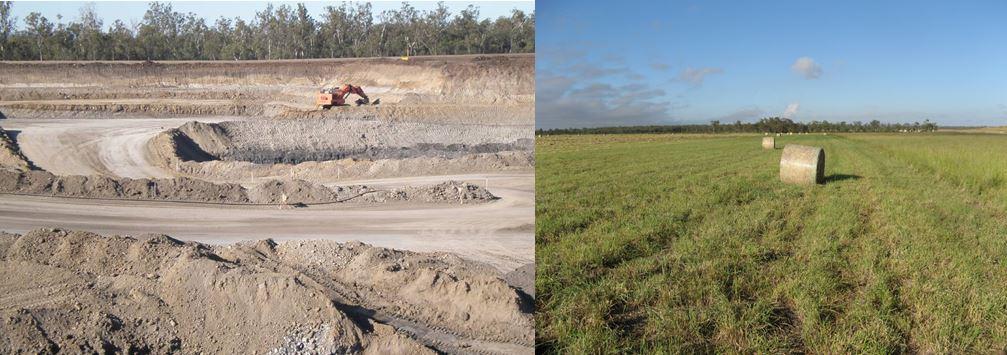
Mine rehabilitation is a systematic process, defined through environmental baseline analysis, safety risk assessment and stakeholder consultation that sets the required actions and related closure targets. This procedure is currently in use at industrial mineral mines to assess and settle a particular mine’s closure plans.
Objectives of the closure plans comply with existing regulations and conditions, safety and public health, quality and safety for air, water, and soil, also in relation to potential contamination from hazardous material.
Many mining companies have implemented large-scale reforestation programs to restore every local species present at a mine site before operations began.
During the mining process, large amounts of dust can be released into the atmosphere. Dust is minimized by pre-wetting the areas to be blasted with high volume sprinklers. Once the dust is in the air, the only way to remove it is through mist cannons. Mines using open pit mining techniques reduce this dust by employing high volume sprinklers.
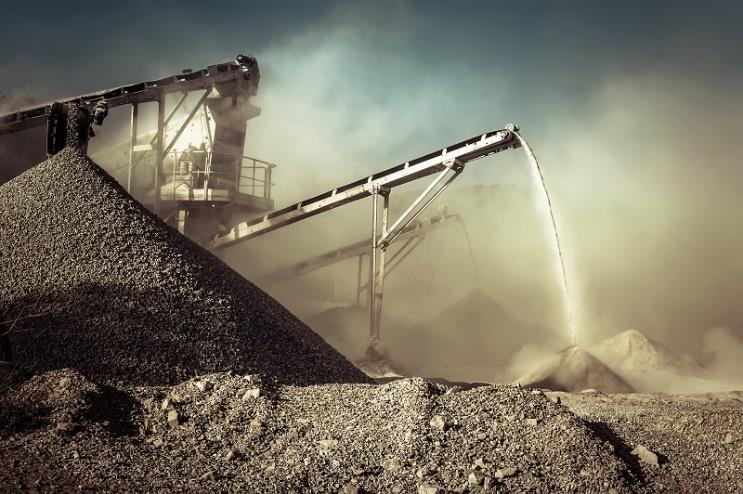
Research and development of new green mining technology in the areas of processing, clean water, and energy efficiency are under continuous improvement.1 For example, Australia has been allocating millions of dollars towards mining research and this research has aided in the development of new, more efficient surveying and drilling techniques.2 These new mining and mineral processing techniques are currently under evaluation by the North American minerals industry.
New mining technologies have significantly improved mining efficiency and reduced environmental impact in recent years. In general, mining techniques become much more environmentally friendly as the efficiency has improved. However, energy and water efficiency improvements are constantly underway. Toward this goal, "green" mining techniques are becoming more widespread lading to even more sustainable mining practices.

Green mining initiative. (2012, 07 05). Retrieved from http://www.nrcan.gc.ca/minerals-metals/technology/4473
Hogan, L. (2004, 01). Research and development in exploration and mining. Retrieved from http://adl.brs.gov.au/data/warehouse/pe_abarebrs99001016/PC12624.pdf